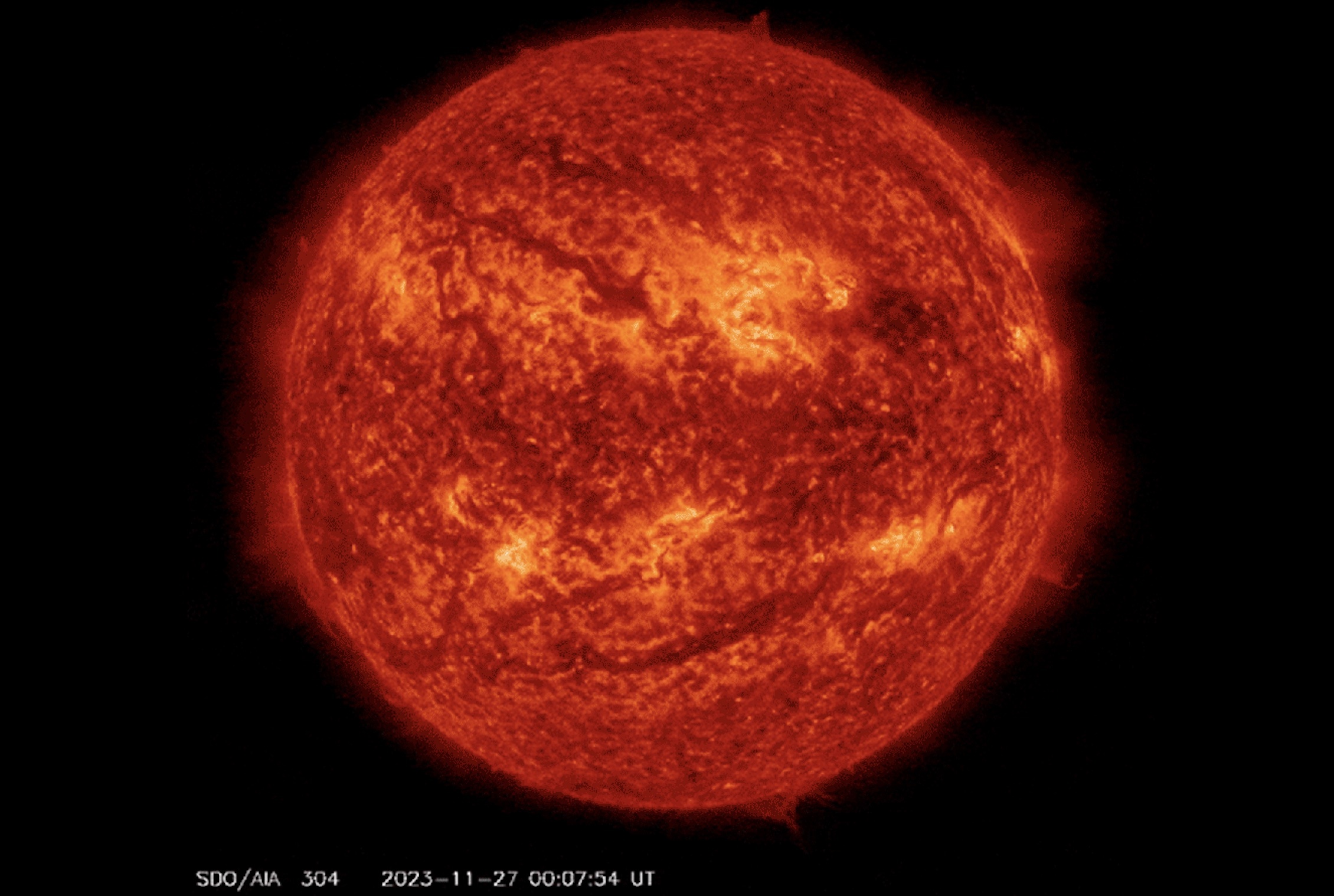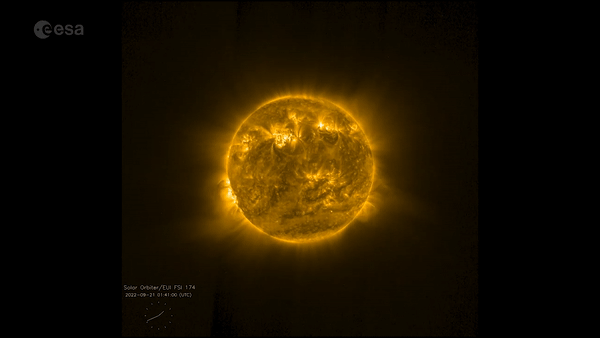19.12.2023

'It's not that we haven't seen them before. It's that we haven't seen as many.'

Three months ago, scientists spotted tiny, short-lived energy jets surfacing from dark regions in the corona, the sun's outer atmosphere.
Upon closer look, these jets appeared as bright flashes everywhere on the sun's disk. They lasted only 20 to 100 seconds but packed a powerful punch: A single minute-long jet carried energy equivalent to the power consumed by 10,000 homes in the U.K. in a year.
These findings came from data gathered by Solar Orbiter, a probe operated jointly by the European Space Agency (ESA) and NASA that has been capturing images of the sun since June 2020. The spacecraft's discoveries over the past three years, including the detection of "picojets" or "picoflares," were shared on Wednesday (Dec. 13) at the 2023 fall meeting of the American Geophysical Union (AGU), a conference being held this week in San Francisco and online.
"What we see is just the tip of the iceberg," said Yannis Zouganelis of ESA, the deputy project scientist for the Solar Orbiter mission.
Picojets barely stick out of the chromosphere — the layer just underneath the corona — so images of the sun have captured only their tips. Nevertheless, those images are helping scientists better understand how and where the solar wind, the stream of charged particles flowing continuously from the sun, originates.
Insert video:
These minuscule jets could also be contributing to coronal heating at some level, although it is still too early to confirm, Zouganelis added. If the jets are indeed involved, solar scientists would get a step closer to decoding the longstanding mystery of precisely why the sun's corona is a stunning 1.8 million degrees Fahrenheit (1 million degrees Celsius) hotter than its visible "surface."
Zouganelis said his team was also surprised by so-called campfires, slightly bigger, flickering flares the size of a European country sprinkled across the sun's disk. These were imaged by Solar Orbiter as soon as it began operations in 2020, marking the probe's first science discovery.
"It's not that we haven't seen them before," said Zouganelis. "It's that we haven't seen as many."
The coming months could offer more clues to the longstanding coronal heating problem. In September, Solar Orbiter teamed up with another spacecraft, NASA's Parker Solar Probe, which studies the sun in a complementary manner. By combining remote-sensing observations and in-situ measurements in what scientists call a "scientific first," the two spacecraft could together offer more robust data needed to better understand the phenomenon.
Quelle: SC

